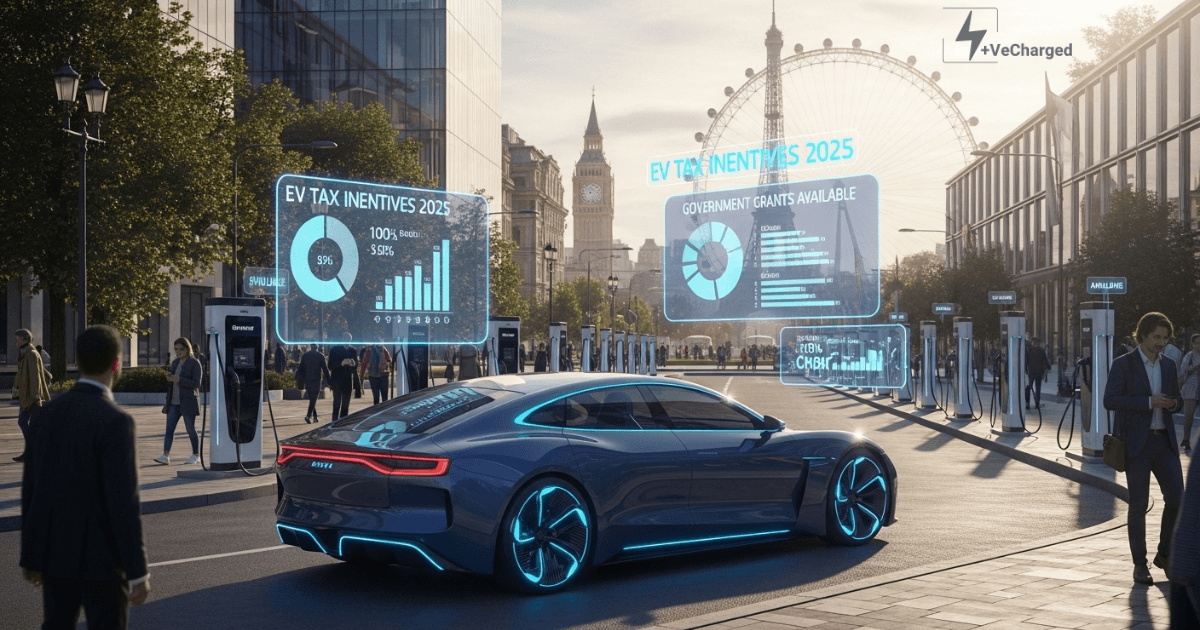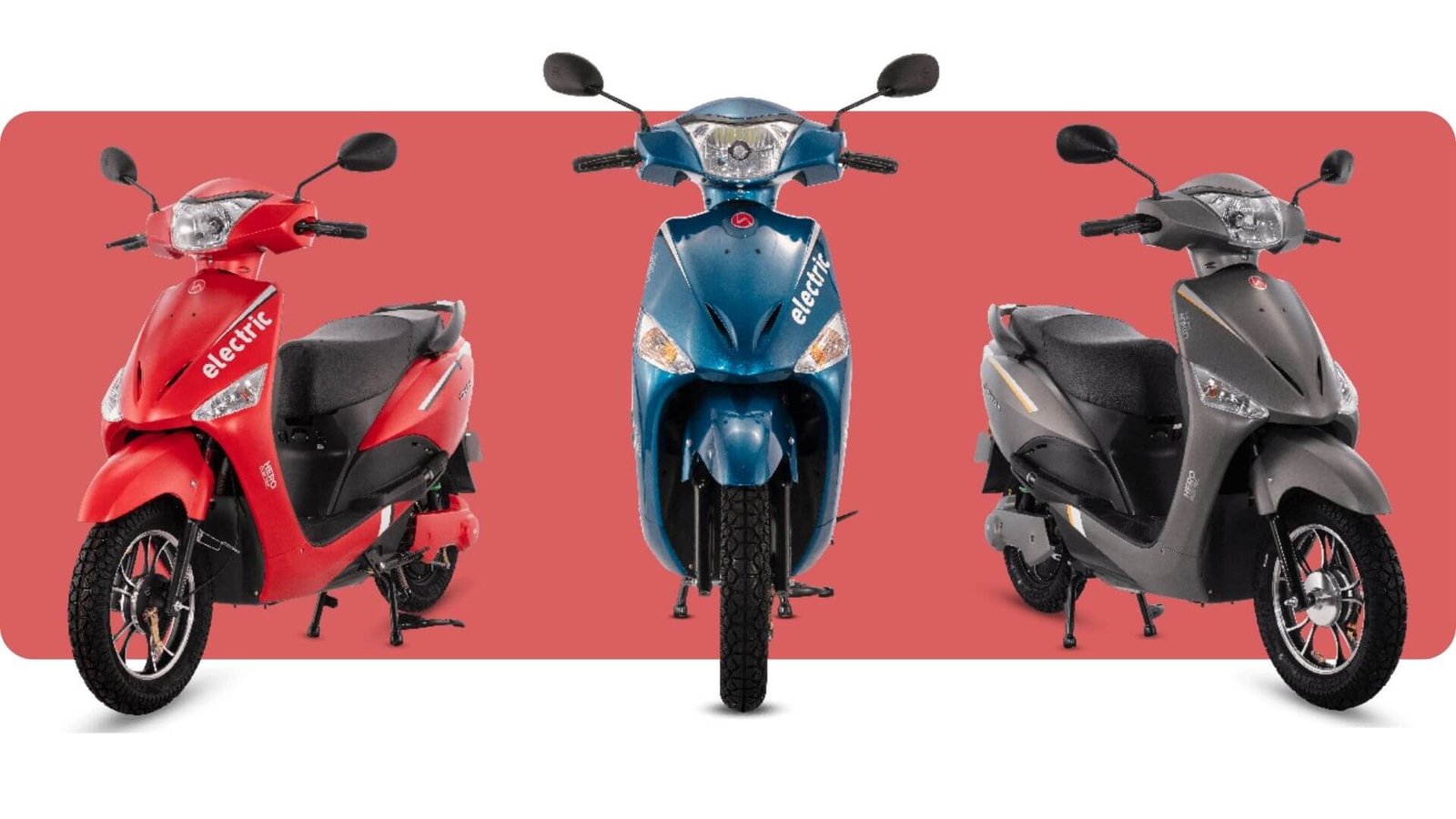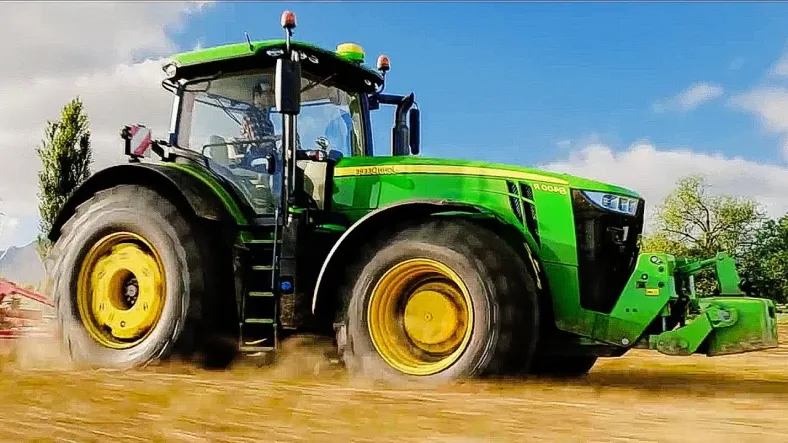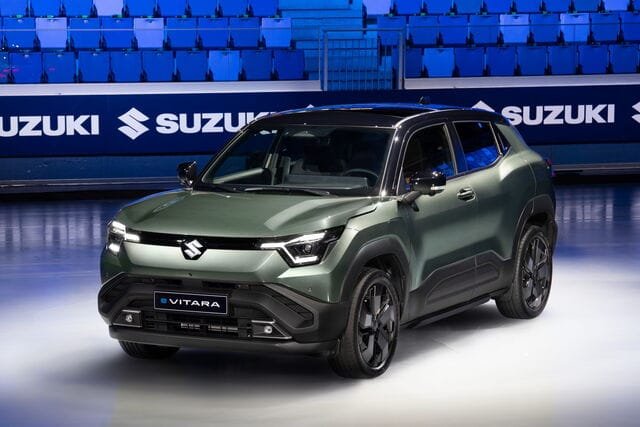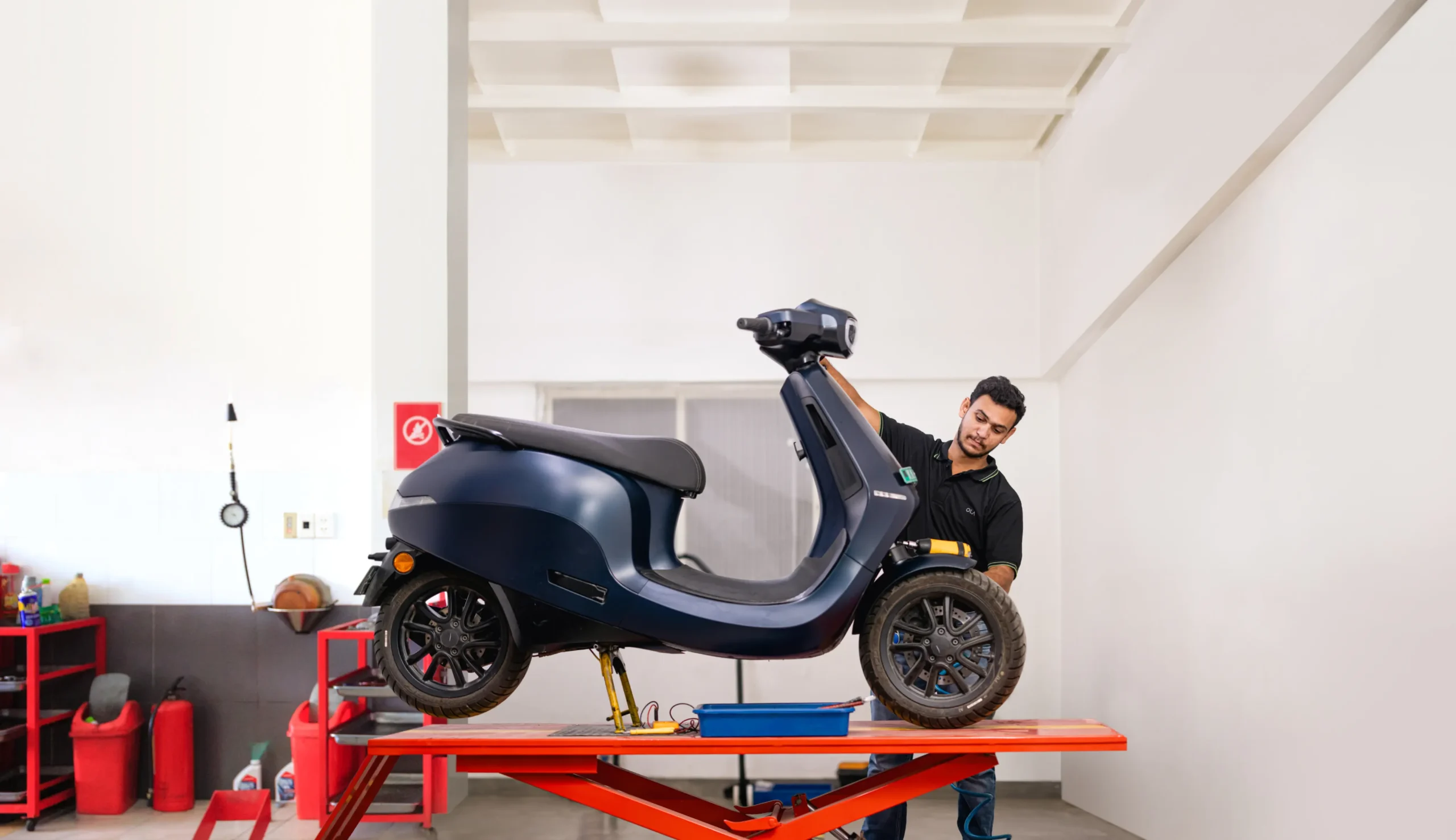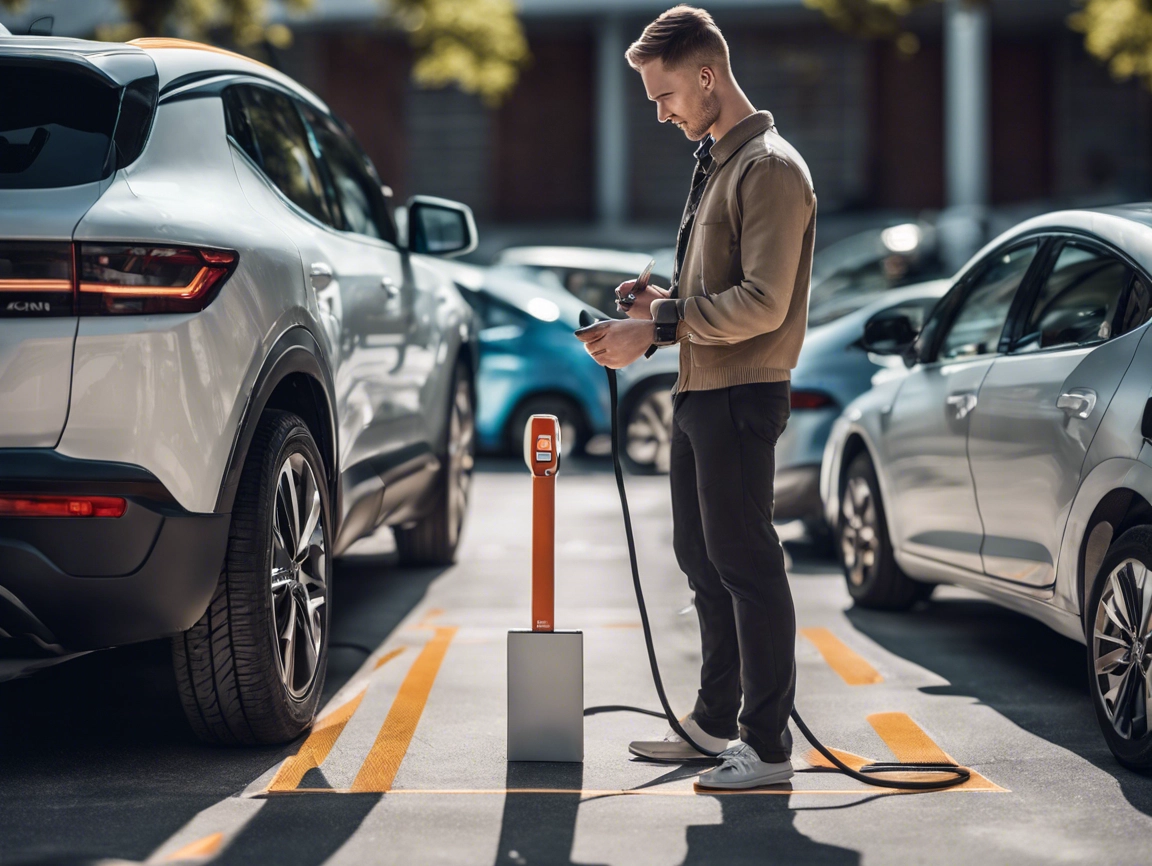For decades, one name has been synonymous with indestructible, go-anywhere reliability: the Toyota Hilux. It’s the truck that has conquered the North Pole, driven up volcanoes, and survived being dropped from a building. It is, for millions around the world, the definitive pickup truck.
But as the automotive world sprints towards an electric future, the biggest question on every truck lover’s mind is: can the toughest truck on Earth go electric?
The answer is a resounding yes, and it might be happening sooner than you think. Toyota, a company often seen as cautiously late to the EV party, has been dropping major hints that an all-electric Hilux is not just a possibility, but a priority.
The First Glimpse: The Hilux Revo BEV Concept
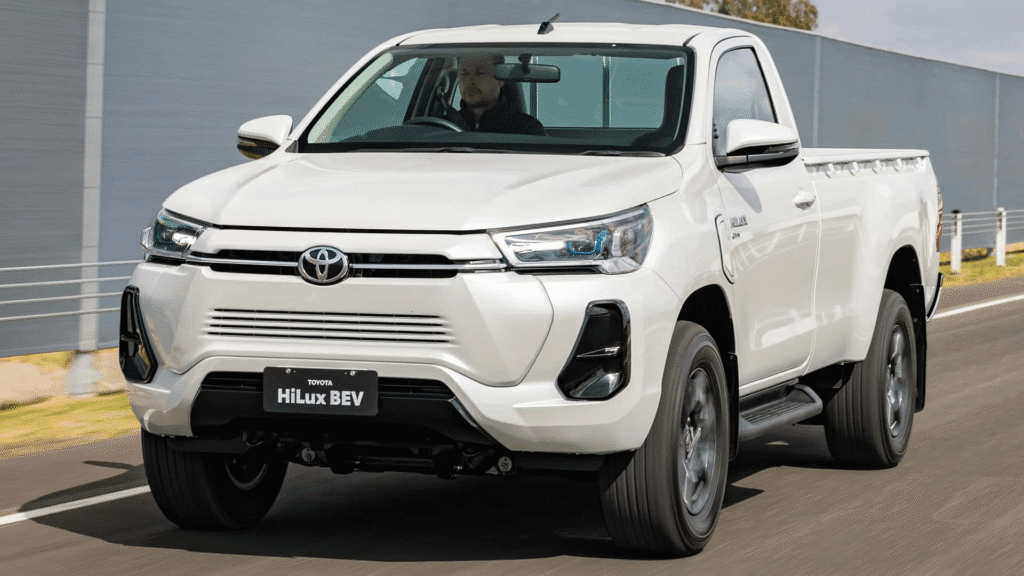
In late 2022, the world got its first official look. At a celebration in Thailand, a key market for the truck, Toyota unveiled the “Hilux Revo BEV Concept.” It was a single-cab Hilux, instantly recognizable, but with a solid front grille and a charging port on the side. It was real, it was drivable, and it was a clear signal of intent.
While Toyota has been tight-lipped about the exact specs, the concept vehicle was developed for local Thai driving conditions. The big question remains: what would a global, production-ready version look like?
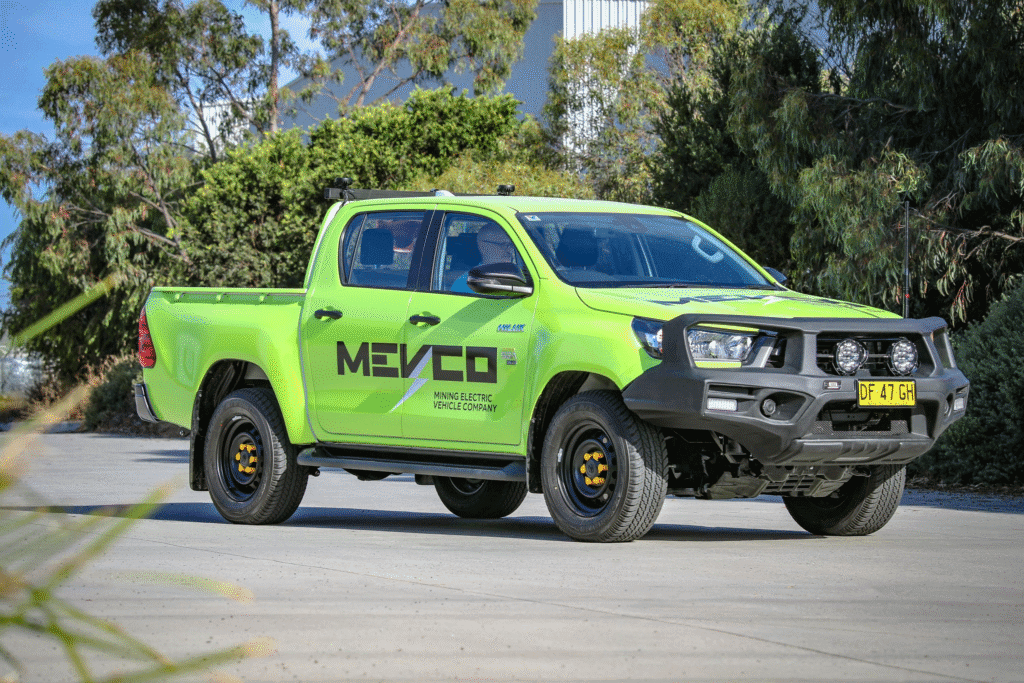
The Challenge: Building an Electric Truck That’s “Hilux-Tough”
Making an electric Hilux isn’t as simple as swapping the engine for a motor. The truck’s legendary reputation is built on its ability to handle extreme abuse, remote locations, and heavy loads—all major challenges for EV technology.
- Battery Durability: The battery pack would need to be incredibly robust, protected from rocks, water, and extreme temperatures, all while being the single heaviest component of the truck.
- Towing & Hauling: Towing a heavy load is a notorious “range killer” for electric trucks. A production Hilux would need a massive battery and highly efficient motors to offer a practical towing range without needing to recharge every 100 kilometers.
- Remote Charging: How do you recharge a Hilux in the middle of the Australian Outback or deep in a South American jungle? The electric Hilux must be able to handle “dirty” power from rural grids and be compatible with a wide range of charging solutions, potentially even robust portable solar setups.

What to Expect from a Production Model
While nothing is confirmed, industry experts believe a production electric Hilux would need to hit several key benchmarks to be successful:
- A Range of 400-500 km (250-310 miles) to be competitive.
- A Dual-Motor, All-Wheel-Drive (AWD) System to maintain its off-road prowess.
- A Fast-Charging Architecture that can add significant range in under 30 minutes.

Toyota has already confirmed that production of an electric Hilux is expected by the end of 2025, likely starting in Thailand. A global rollout would be expected to follow.
The era of the indestructible, diesel-powered Hilux is legendary. But as battery technology improves and charging infrastructure expands, the prospect of a silent, instantly responsive, and equally tough electric Hilux isn’t just a dream. It’s the next chapter for the world’s favorite truck.

Suhas Shrikant is the founder of Vecharged and an engineering enthusiast specializing in high-power off-grid solar systems. He has designed and built over a dozen custom systems and uses his hands-on, field-tested experience to create Vecharged’s expert guides and reviews.



